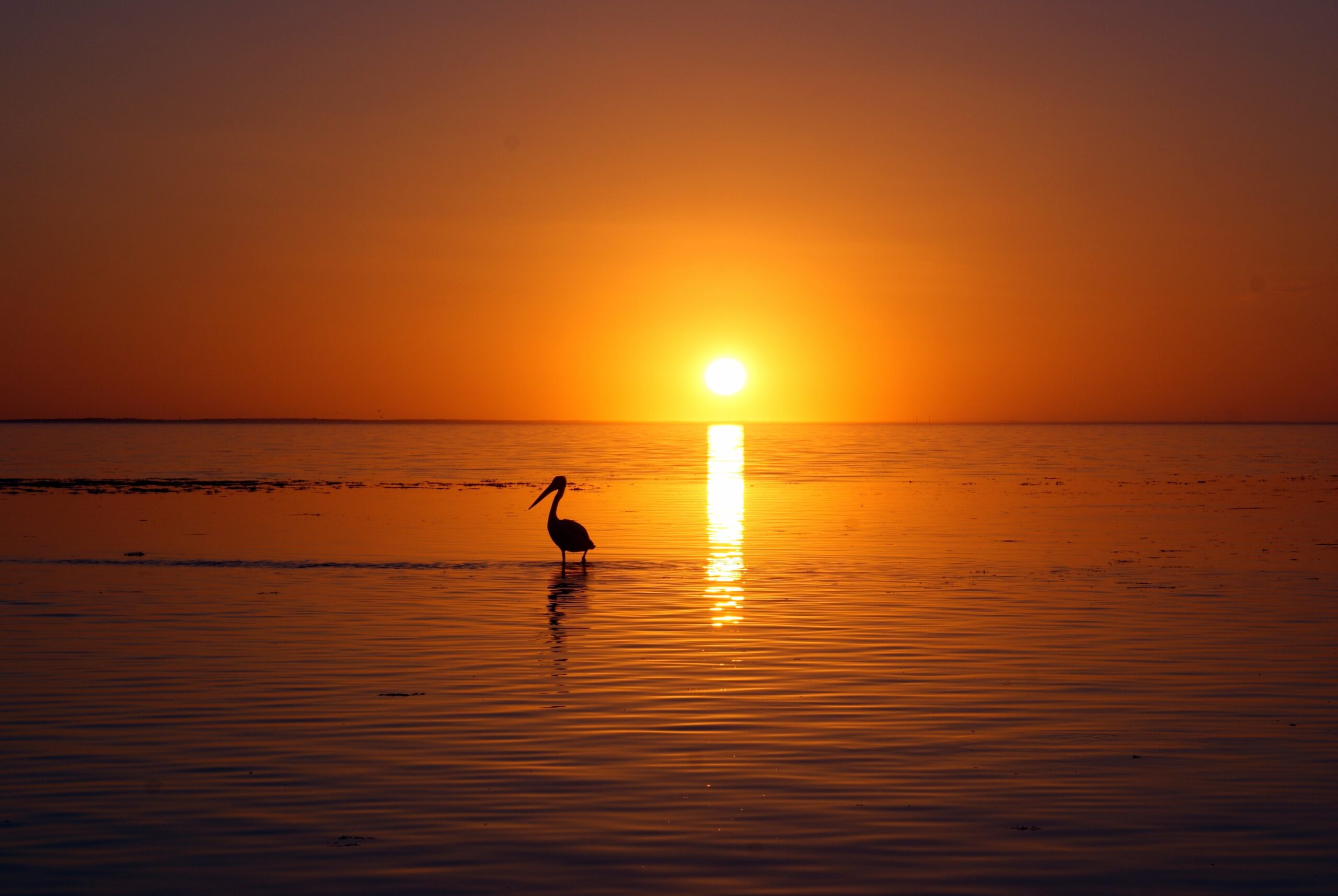The Fascinating World of Pelican Birds
The majestic and enigmatic pelican bird has captivated the imagination of humans for centuries, from ancient folklore to modern-day conservation efforts. With their striking appearance and graceful aerial prowess, these iconic seabirds have carved out a unique niche in the natural world. From their fascinating hunting techniques to their complex social behaviors, the world of pelicans is a treasure trove of discovery waiting to be explored.
Imagine witnessing a squadron of pelicans soaring effortlessly above the ocean waves, diving with precision to scoop up fish in their expandable pouches. Their seemingly prehistoric appearance and awe-inspiring flight patterns make them an object of fascination for bird enthusiasts and casual observers alike. Furthermore, delving into the intricate dynamics of pelican colonies reveals a rich tapestry of communication, cooperation, and territoriality that adds depth to our understanding of these remarkable creatures. Join us on an exhilarating journey into the captivating world of pelican birds as we unravel the mysteries behind their unique adaptations and behaviors.
Pelican birds are one of the most captivating and unique species found in the avian world. With their distinctive appearance and remarkable behaviors, these birds have always piqued the interest of birdwatchers and nature enthusiasts. In this article, we will delve into the fascinating world of pelican birds, exploring their characteristics, habitat, feeding habits, and conservation efforts.
Characteristics
Pelican birds are known for their large size and long, slender bills. They have a wingspan that can reach up to 10 feet, making them one of the largest flying birds in the world. These magnificent creatures have a unique feature called a gular pouch, which is a large, expandable throat pouch located beneath their bill. The gular pouch can hold up to 3 gallons of water, allowing pelicans to scoop up fish while hunting.
Habitat
Pelican birds are widely distributed across the globe, inhabiting both coastal and inland areas. They can be found in North and South America, Europe, Africa, and Asia. These birds prefer habitats such as lakes, rivers, estuaries, and coastal areas, where they can easily find fish to feed on. They are highly adaptable and can thrive in a variety of environments, from tropical climates to colder regions.
Feeding Habits
Pelican birds are renowned for their spectacular feeding techniques. They are piscivorous, meaning they primarily feed on fish. Using their keen eyesight, they spot fish swimming near the water’s surface. Once they have located their prey, they dive into the water from great heights, using gravity to their advantage. As they resurface, their gular pouch expands, trapping the fish inside. They then swallow their catch whole, headfirst.
Conservation Efforts
Like many other bird species, pelican birds face various threats to their survival. Habitat loss, pollution, and climate change are some of the major challenges they encounter. However, conservation efforts have been put in place to protect these magnificent creatures. Several organizations work tirelessly to preserve their habitats, raise awareness, and promote sustainable fishing practices to ensure the survival of pelican birds for future generations.
Conclusion
Pelican birds are truly remarkable creatures that captivate us with their unique characteristics and behaviors. From their large size and expandable gular pouch to their impressive diving and fishing techniques, these birds never fail to leave us in awe. As we continue to appreciate the beauty of pelican birds, let us also strive to protect their habitats and contribute to their conservation. By doing so, we can ensure that these magnificent birds continue to grace our skies and waterways for years to come.

Post Comment